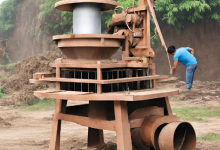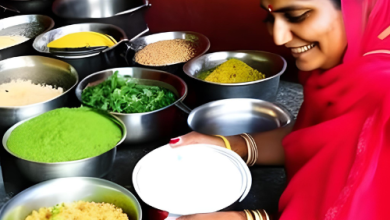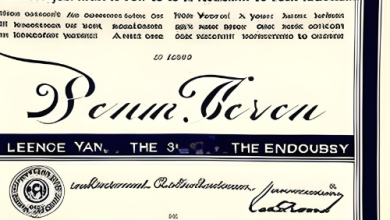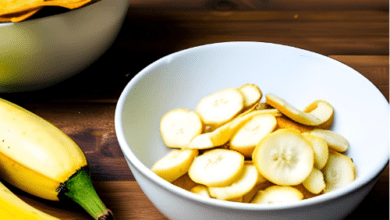Learn how to start following this worm so that it may make you a billionaire in a year
Silk is a pricey and in-demand fabric, with markets seeing an annual increase in demand even though it has long been made from silkworm cocoons. Sericulture is a profitable and satisfying activity that needs careful monitoring and commitment. We’ll tell you today all there is to know about the raising of silkworms. So let’s learn how to begin an insect farm.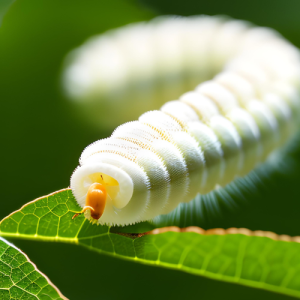
How to begin
It becomes vital to have a lot of additional knowledge and take measures if you want to start this company. Therefore, let’s first understand what is required at the start.
Silkworm larvae
First, you may purchase disease-free and wholesome silkworm eggs from a reputable vendor or silkworm farm. This is the beginning of your company. then you continue with the next step.
Leafy mulberries
Mulberry leaves are the only food source for silkworms, thus you must first maintain the mulberry tree. If you are unable to do so, you may substitute a consistent supply of pesticide-free mulberry leaves in its place. can guarantee.
Raising Crates
Silkworms should be kept in clean, ventilated containers with good drainage. As a result, we can easily raise insects while keeping them secure.
Temperature regulation is extremely crucial
Maintain a regulated atmosphere by keeping the temperature between 77 and 86 degrees Fahrenheit (25 and 30 degrees Celsius) and the humidity between 70 and 80 percent. Because of this, both the quantity and quality of the silk produced by these insects are increasing.
Method of Raising Silkworms
We will now provide you with comprehensive information regarding the silkworm-rearing procedure as well. So let’s look at what the crucial steps are.
Incubation Step 1: Lay the silkworm eggs on a paper towel and keep them in a warm, dark place. The eggs will hatch into small silkworm larvae (caterpillars) after 10 to 14 days.
Transfer the newly born larvae onto fresh mulberry leaves in containers for raising at stage two, the larval stage. Make sure there are no chemicals or stimulants in the leaves. As the larvae develop, make sure there is a sufficient supply of leaves to satiate their expanding hunger.
Stage 3: Molting: The silkworms go through a number of molting phases as they develop. They get bigger after molting and lose their previous skin. Maintain a peaceful atmosphere during the molting process since disruptions might stress the silkworms.
The silkworms will stop feeding and slow down their activity when they reach the fourth stage, called pupation. They will use the silk fibers they make to create a cocoon around themselves. Give them little branches or twigs to build their cocoon with.
The cocoons will be ready for harvesting in around two to three weeks. Step 5. Harvesting the Cocoons. Remove the cocoon from the branches with care. Keep a few healthy moths for reproduction and set the others aside to harvest silk.
The cocoons are cooked in boiling water to soften the sericin (a protein found in silk) and release the threads in order to produce silk in step six, which is known as sericulture. Reel the threads from the cocoons onto a spindle after carefully unwinding them.
Precautions for raising silkworms successfully
Take the following safety measures to guarantee your silkworms’ well-being and productivity:
Maintain a clean environment for growing animals by frequently cleaning containers, replacing dirty leaves, and clearing out garbage.
Leaf quality: To prevent contamination and health issues in silkworms, always use fresh, pesticide-free mulberry leaves.
Monitor and control the temperature and humidity to replicate the silkworms’ natural environment.
Avoid Crowding: Allow the silkworms ample room to walk about and spin their cocoons without crowding them.
Gentle handling is recommended to prevent stress or harm to the silkworms throughout the molting and pupal phases.
Preventing the spread of disease: Before introducing fresh silkworm eggs into your raising area, place them in quarantine.
Natural Lighting: To replicate the natural cycle of day and night, provide natural light during the day and complete darkness at night.
Breeding Selection: To preserve strong genetic features in the next generations, choose healthy, robust moths for breeding.
Conclusion
Sericulture is a fun and instructive activity that encourages respect for the intricate process that results in gorgeous silk. You may begin a fruitful journey into sericulture, make your own silk, and contribute to the long heritage of sericulture by following the instructions provided in this book and taking the required precautions.

